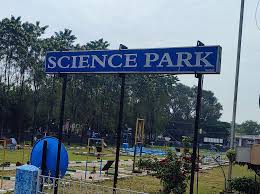
Science practical education has always been lab-oriented, but it doesn’t have to feel like a chore anymore. In most urban schools, the routine of classrooms and memorization often turns science into a dull subject. However, science parks are changing that. These innovative spaces blend the excitement of play with real scientific exploration, making learning active, fun, and meaningful. Instead of sitting through long lectures, children can experience concepts like motion, force, and energy by actually interacting with them. It’s like turning school into a playground of discovery, so sending your child to school feels more like sending them to a park. By moving beyond textbooks and into experience, building science parks break the boring cycle of rote learning and bring curiosity, joy, and hands-on learning back into education.
What is a Science Park?
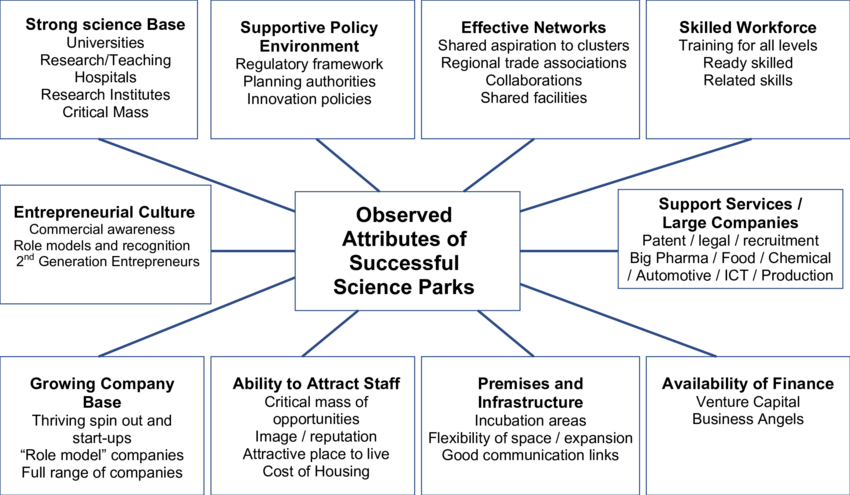
A science park is an open, outdoor learning space designed like a playground but filled with educational equipment. It transforms scientific learning into an interactive and fun experience for students of all ages.
Key Features:
- Open-Air Playground: Unlike traditional classrooms, building science parks help you create a free and playful environment for your students.
- Subject Integration: They often include equipment related not just to science, but also to maths and social science.
- Specialized Equipment: Select apparatus carefully to demonstrate a specific scientific principle, while still being enjoyable to use.
- Fun Meets Learning: From sound tubes to rotating wheels and levers, every element invites students to explore, play, and ask questions.
Why Science Parks Work:
- Hands-on Learning: Instead of memorizing theories, students interact with working models, which improves understanding and retention.
- Accessible to All Ages: While lab equipment may not be suitable for younger students, science parks use rugged, large-scale models that are safe and easy to handle.
- Encourages Curiosity: Children are naturally drawn to explore how things work, building science parks ideal for sparking interest in STEM fields.
How It’s Used in Schools:
- Interactive Teaching Tool: Teachers or senior students guide children as they play, explaining the science behind each model.
- Part of Modern Education: Many progressive schools, including government institutions, are adopting science parks to modernize learning.
- Supported by Government: Initiatives like Kerala’s Public Education Rejuvenation Mission and the efforts by Jawahar Navodaya Vidyalayas include the creation of science and maths parks as part of their educational reform.
What Can You Learn from a Science Park?
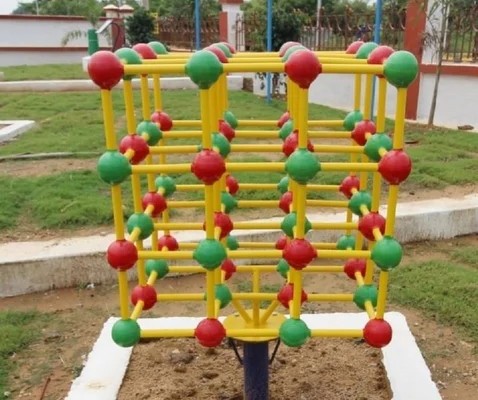
A well-designed science park includes a wide range of outdoor learning models and equipment, each one demonstrating a core scientific concept. You can use these setups to make complex ideas accessible and enjoyable for students, especially in junior classes.
Examples of Concepts Demonstrated:
- Sound Transmission: Kids can explore how sound travels through long tubes.
- Persistence of Vision: Simple rotating discs or motion models show how images blend in motion.
- Periscope Working: Learn how mirrors can help us see over obstacles.
- Molecular and Crystal Structures: Models visually represent how atoms arrange in molecules and solids.
- Engine Mechanisms: Cross-sectional displays show how an internal combustion engine works.
Each model is accompanied by clear plaques or boards explaining the scientific theory in simple language. These displays use vibrant colors, child-friendly designs, and interactive elements to help students intuitively grasp what they’re seeing.
Why This Approach Matters:
- Traditional science education often overwhelms students with heavy textbooks and abstract theories.
- Visual and hands-on exposure helps students connect science to real-world functions and experiences.
- Reading about sound or motion can’t match the impact of actually seeing it in action.
- Interactive, curiosity-driven learning fosters long-term understanding and builds interest in STEM from an early age.
In a system still dominated by memorization and theoretical learning, science parks can bring a refreshing shift. By prioritizing discovery, exploration, and engagement, these spaces promote scientific thinking in the most natural way possible, through play. As more schools adopt such innovative methods, they’re not just making science fun, they’re shaping the next generation of creative, skilled, and science-loving individuals by building science parks.
Building a Science Park: How, Where & When?
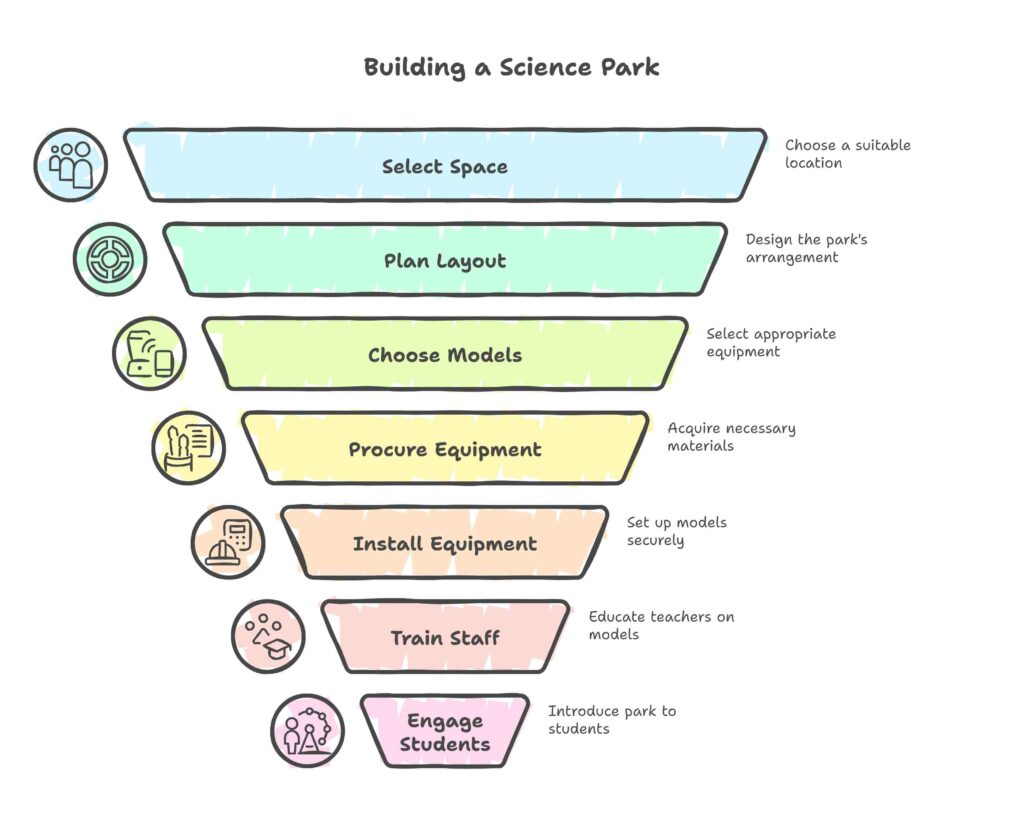
The goal is to nurture a generation of technically proficient individuals eager to transform the nation through creativity and knowledge. Science, maths, and social science parks are emerging as powerful tools to support this transformation, offering an experience that blends learning with hands-on discovery.
Organizations and institutions involved in this mission are uniquely positioned to contribute meaningfully by building science parks:
- Experience with Schools: Those familiar with the education sector, especially government schools, can help navigate the process efficiently and ensure smooth implementation.
- GeM Registration: Additionally, many providers are registered OEMs on the Government e-Marketplace (GeM). It’s easy for you to get equipment from them if you are a government school, using the GeM portal.
- Support for Government Institutions: Schools like Jawahar Navodaya Vidyalayas (JNVs), Kendriya Vidyalayas (KVs), Army Public Schools (APSs), and Sainik Schools benefit from GeM-linked purchases, ensuring transparency and compliance.
- End-to-End Technical Assistance: From planning and product selection to installation and training, full technical support ensures a hassle-free setup.
- Trust and Quality Assurance: Even private schools benefit from this streamlined process, gaining access to quality-certified, cost-effective educational tools.
Building Science Parks for Indian Students
You should strive to make every aspect of learning engaging and enjoyable for students, even more so for schools. Your students are the future of the country, and they deserve opportunities to explore science not just in theory, but in action. Building science parks brings that possibility to life, making education a journey of discovery rather than memorization.
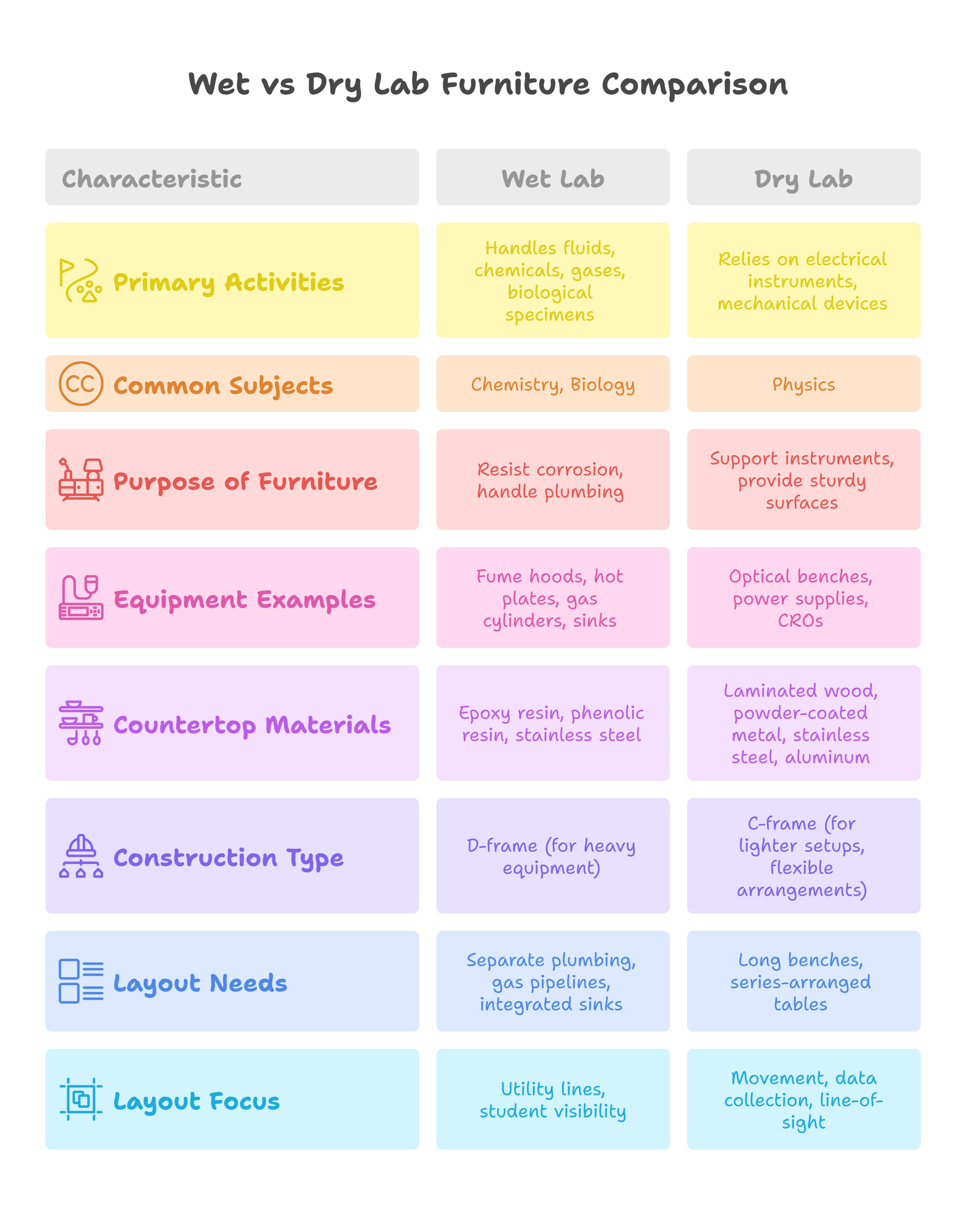
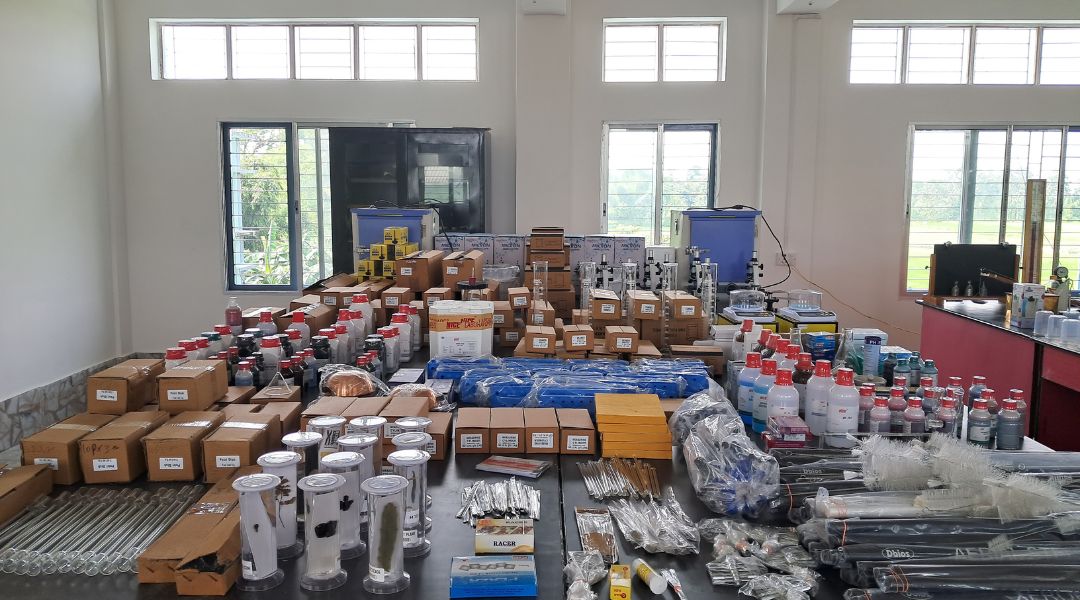

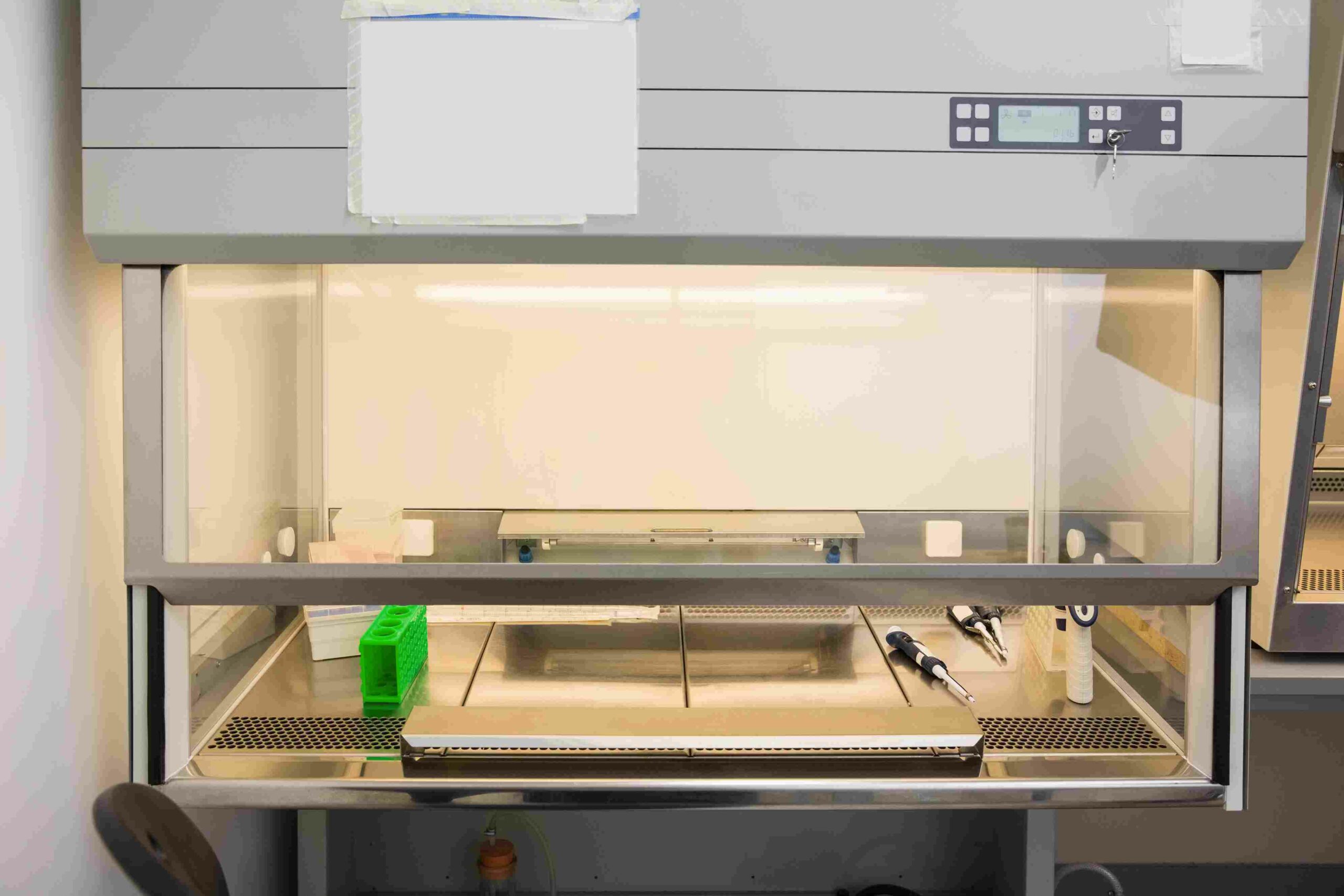
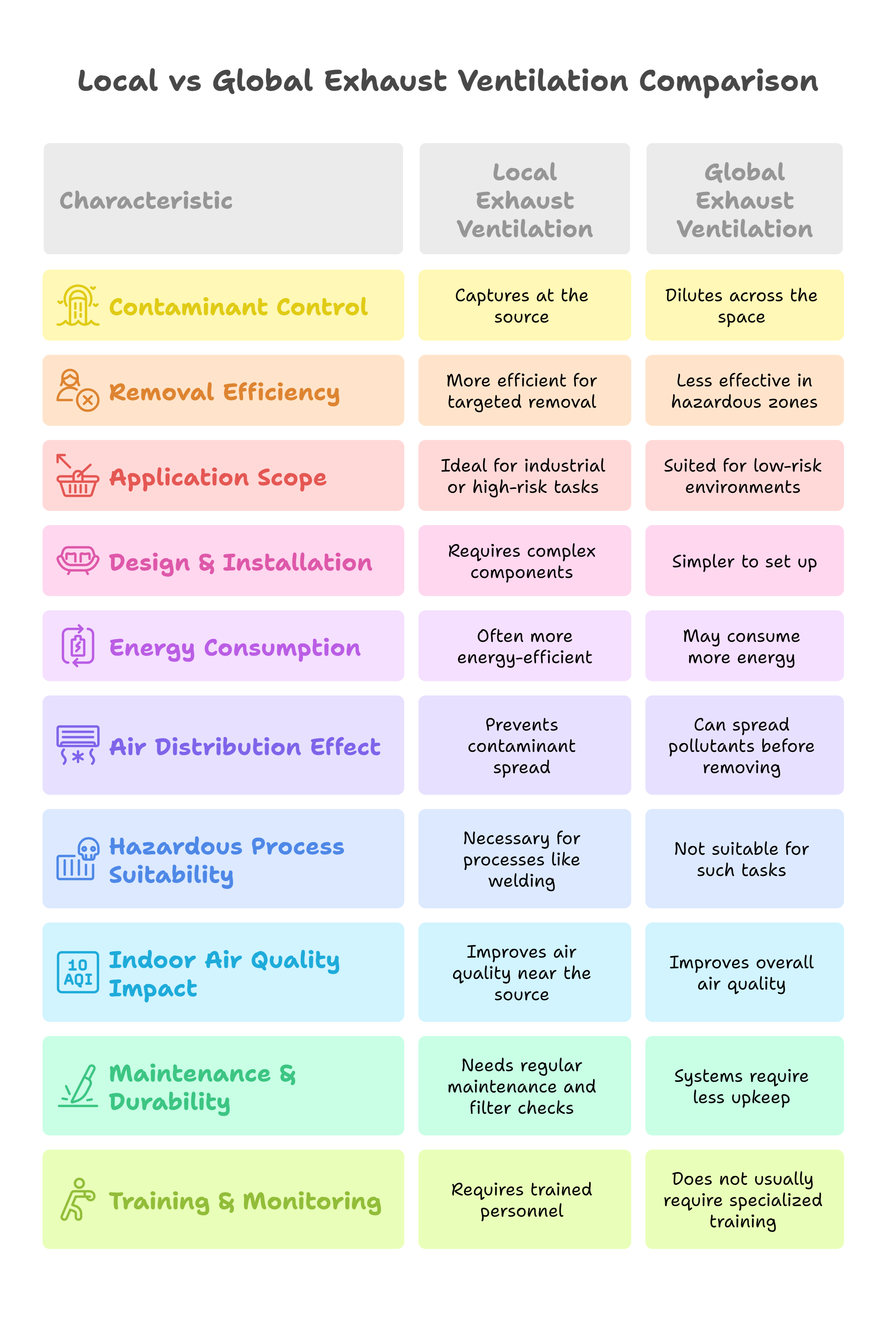
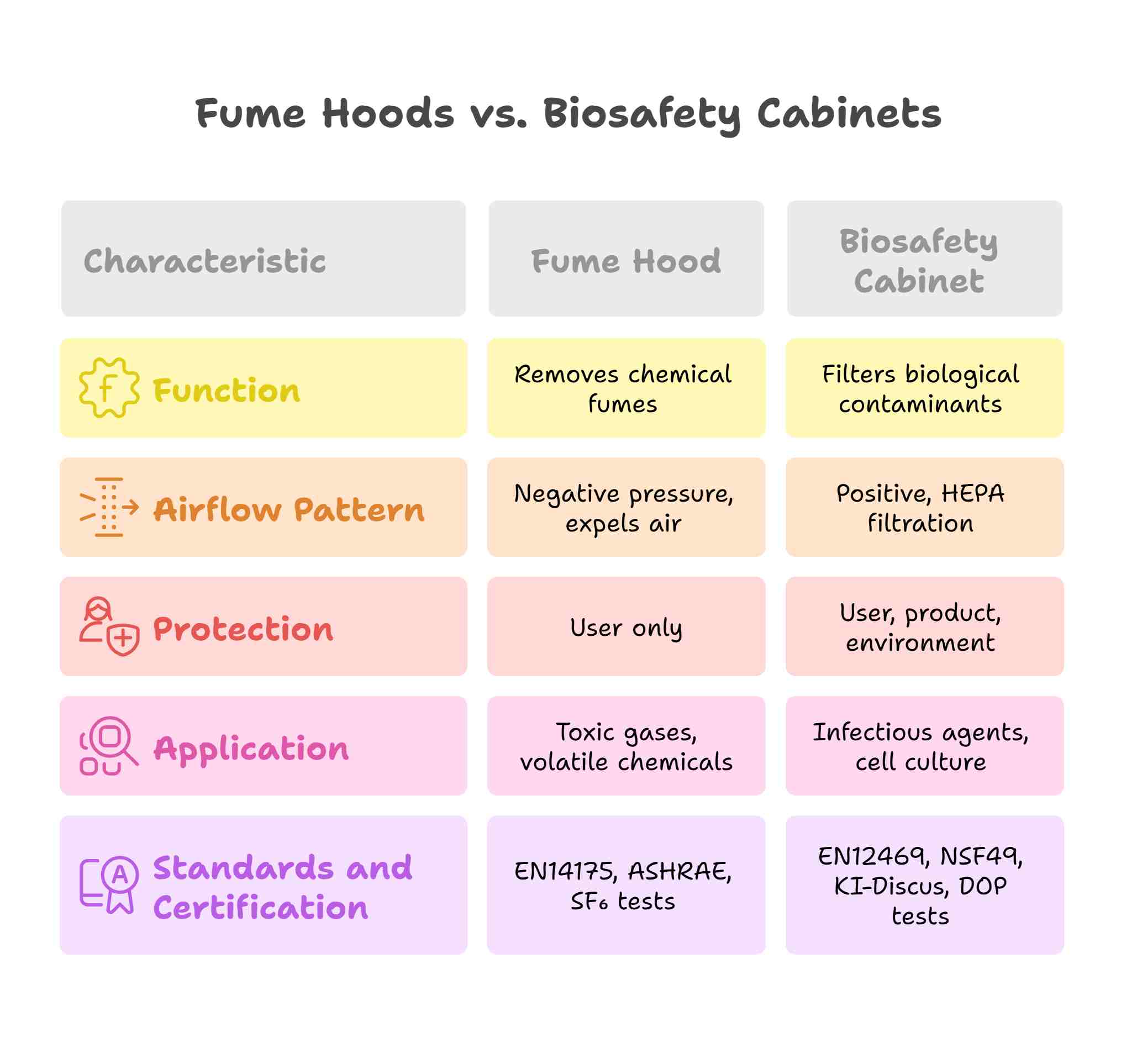

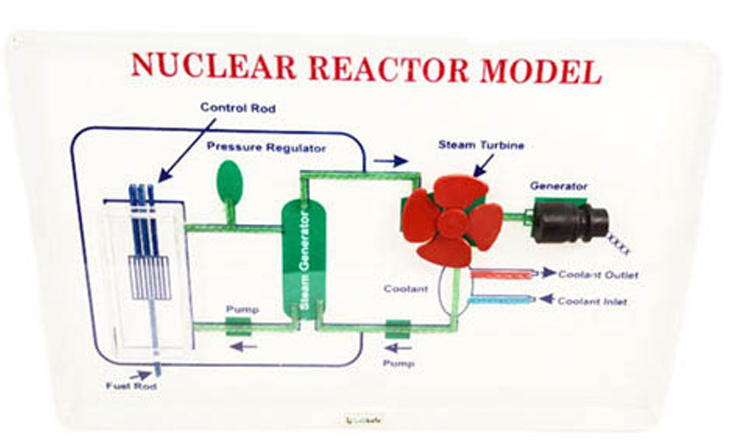
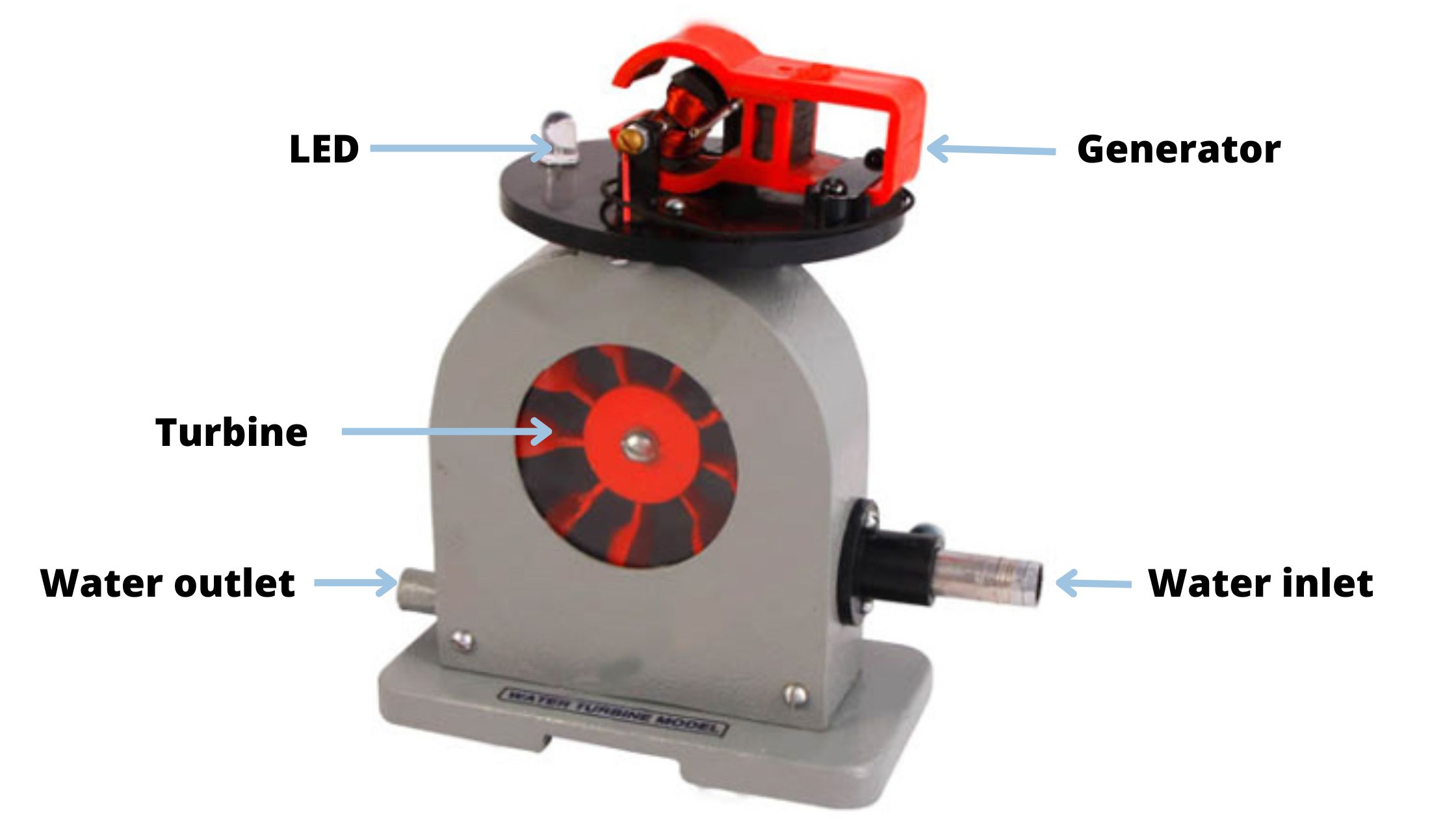
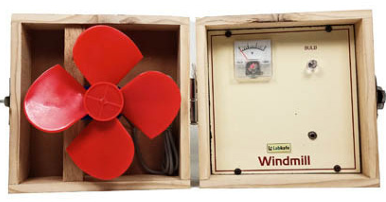

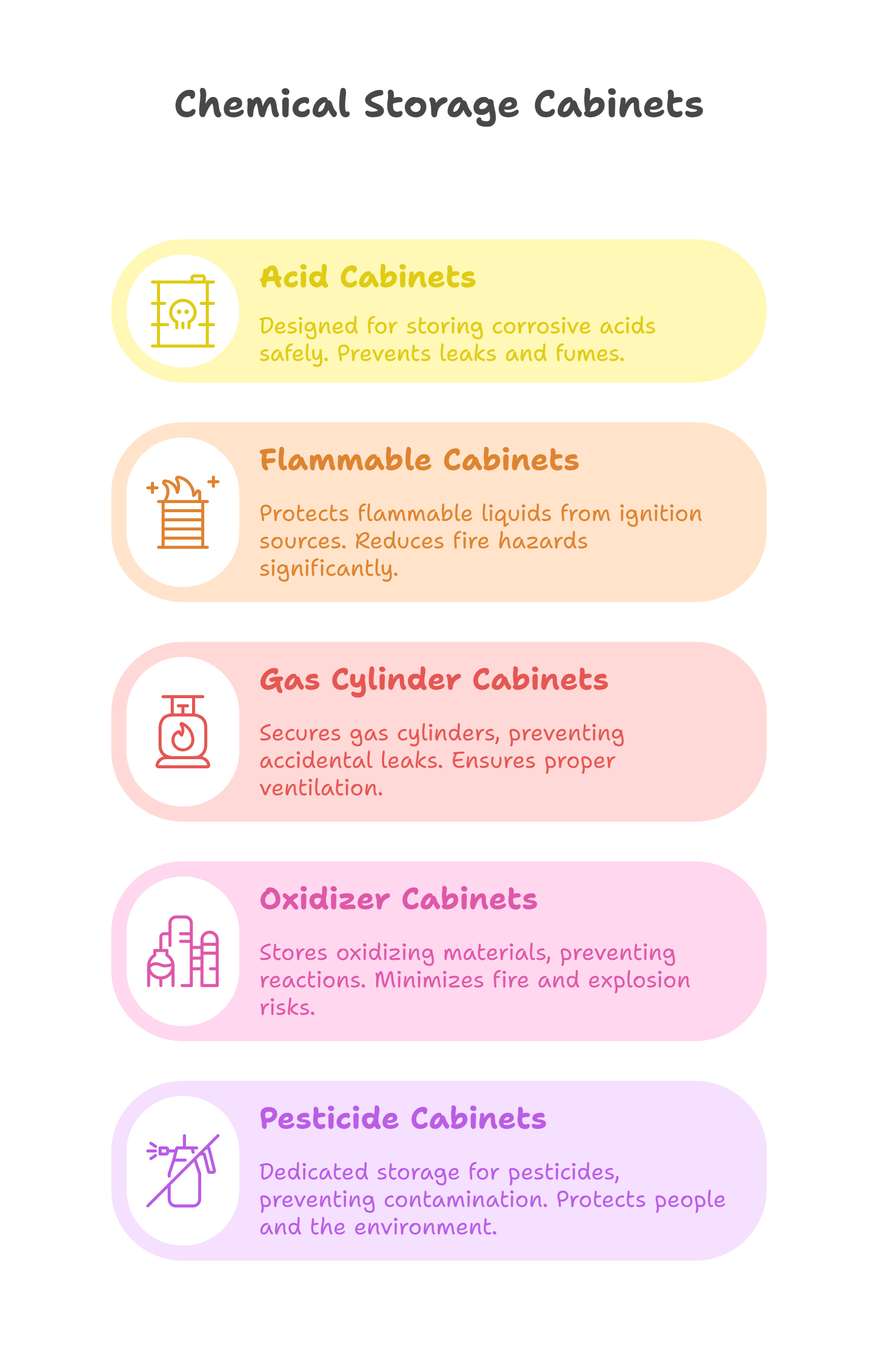
Leave a Reply